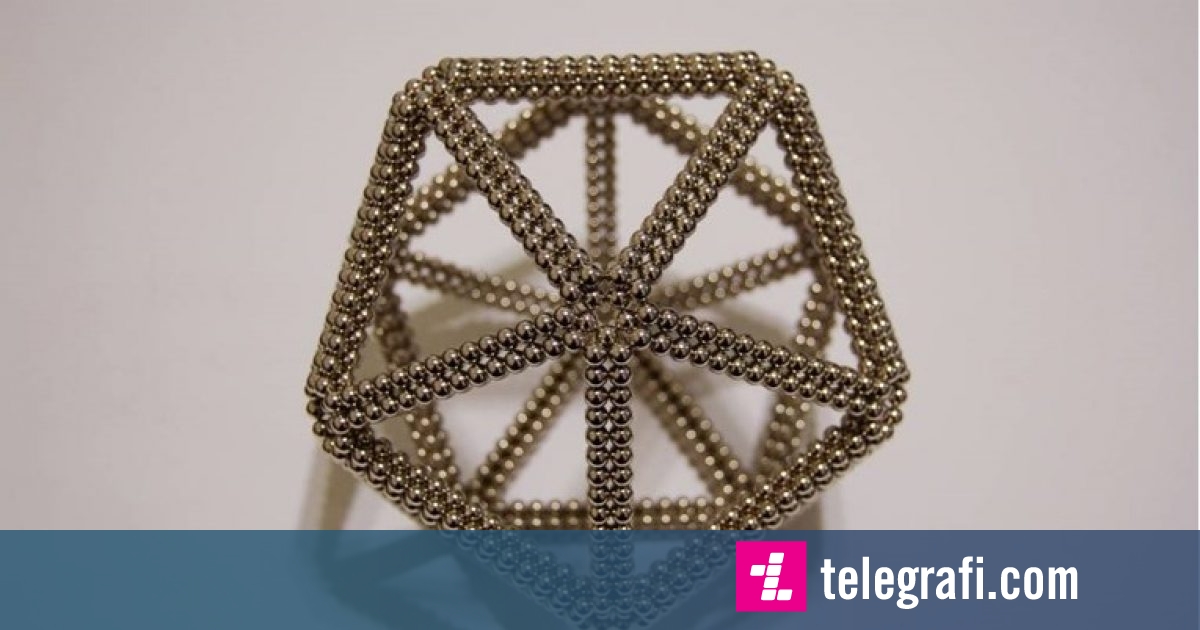When certain magnetic materials are cooled to the right temperature, something interesting happens. The spins of their atoms freeze and stay in place in a static pattern.
But now physicists have noticed that a material behaves completely differently.
When partially heated, the neodymium magnetic element freezes;
which surprised the scientific community.
"The magnetic behavior of neomidium is actually the opposite of what normally happens.
It's quite counterintuitive, like water freezing when heated," said physicist Alexander Khajetoorians from Radboud University in the Netherlands.
In a conventional ferromagnetic material, such as iron, all the magnetic spins of the atoms are aligned in the same direction;
thus, their magnetic north and south poles are oriented the same way in three-dimensional space.
But in some materials, such as some copper and iron alloys, the rotations are quite random.
Although neodymium is used in the manufacture of magnets, it must be mixed with iron to bind the spins of the atoms.
Pure neodymium does not behave like other magnets;
It was only two years ago that physicists realized that this material can best be described as self-induced spin glass.
But new research shows that neodymium is even stranger than previously thought.
When you heat a material, increasing the temperature increases the energy in that material.
In the case of magnets, this increases the motion of the spins.
When you cool the magnet, the rotations slow down.
For spin glass, the freezing temperature is the point at which the spin glass behaves more like a conventional ferromagnet, writes
Science Alert
.
Physicist Benjamin Verlhac from Radboud University and his colleagues wanted to examine how neodymium behaves in changing temperatures.
In doing so, they discovered something interesting.
When the temperature of neodymium increases from -268 degrees Celsius to -265 degrees, the freezing stage occurs.
When the scientists cooled the neodymium again, the spins became random again.
It is not yet clear why this happens, as natural materials rarely behave in strange ways.
However, scientists believe it may have to do with a phenomenon called frustration.
The latter describes a material that cannot reach an ordered state, resulting in a disordered system such as we see in spin glass.
It is possible, experts say, for neodymium to have certain correlations in its spin-glass state that depend on temperature.
The rise in temperature weakens them and thus the frustration, allowing the spins to align.
But for a real answer to the question of what exactly is happening there, we will have to wait for further studies.
/Telegraph/
